-

Installation view -
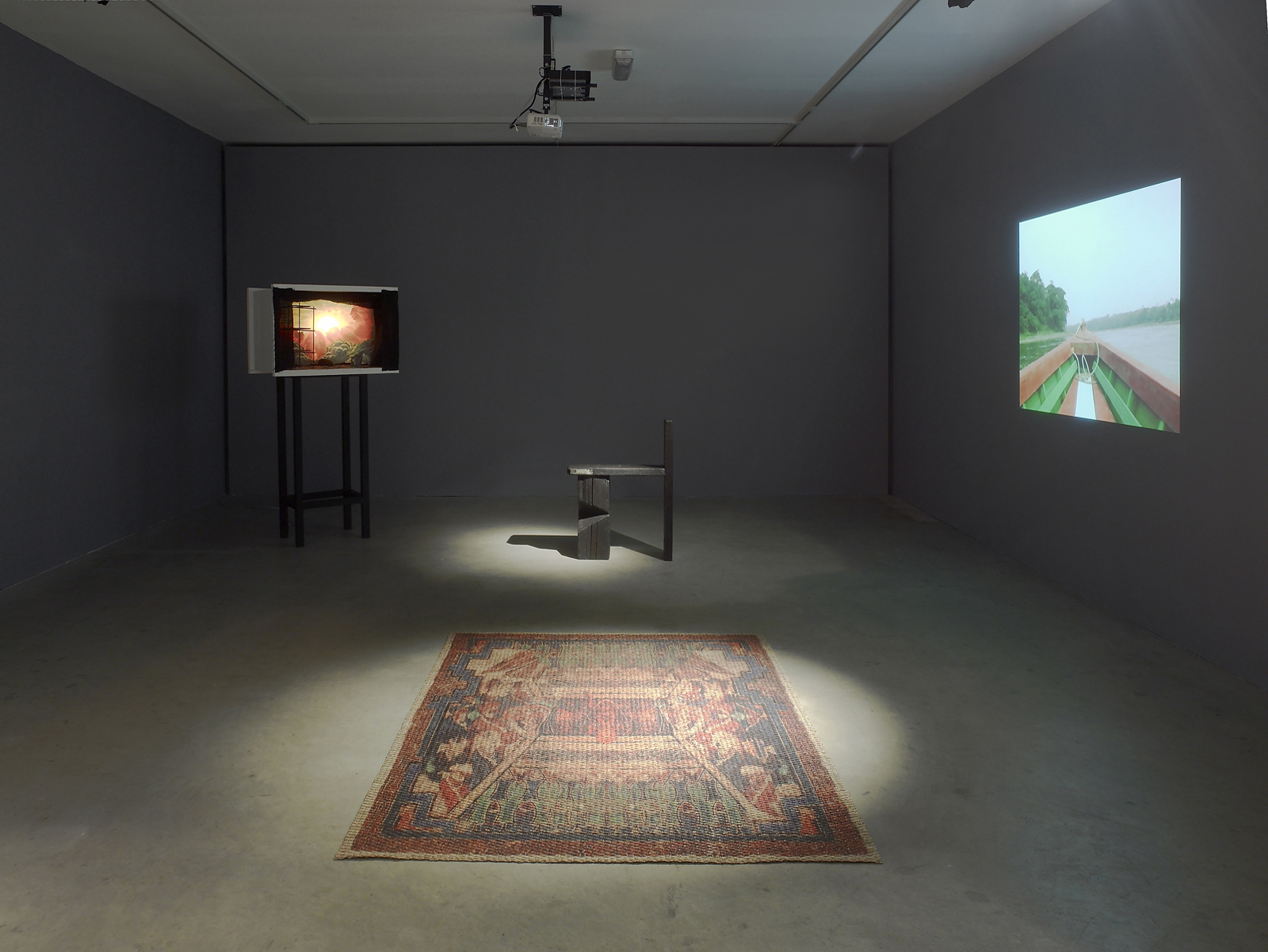
Installation view -

Installation view -

Installation view -
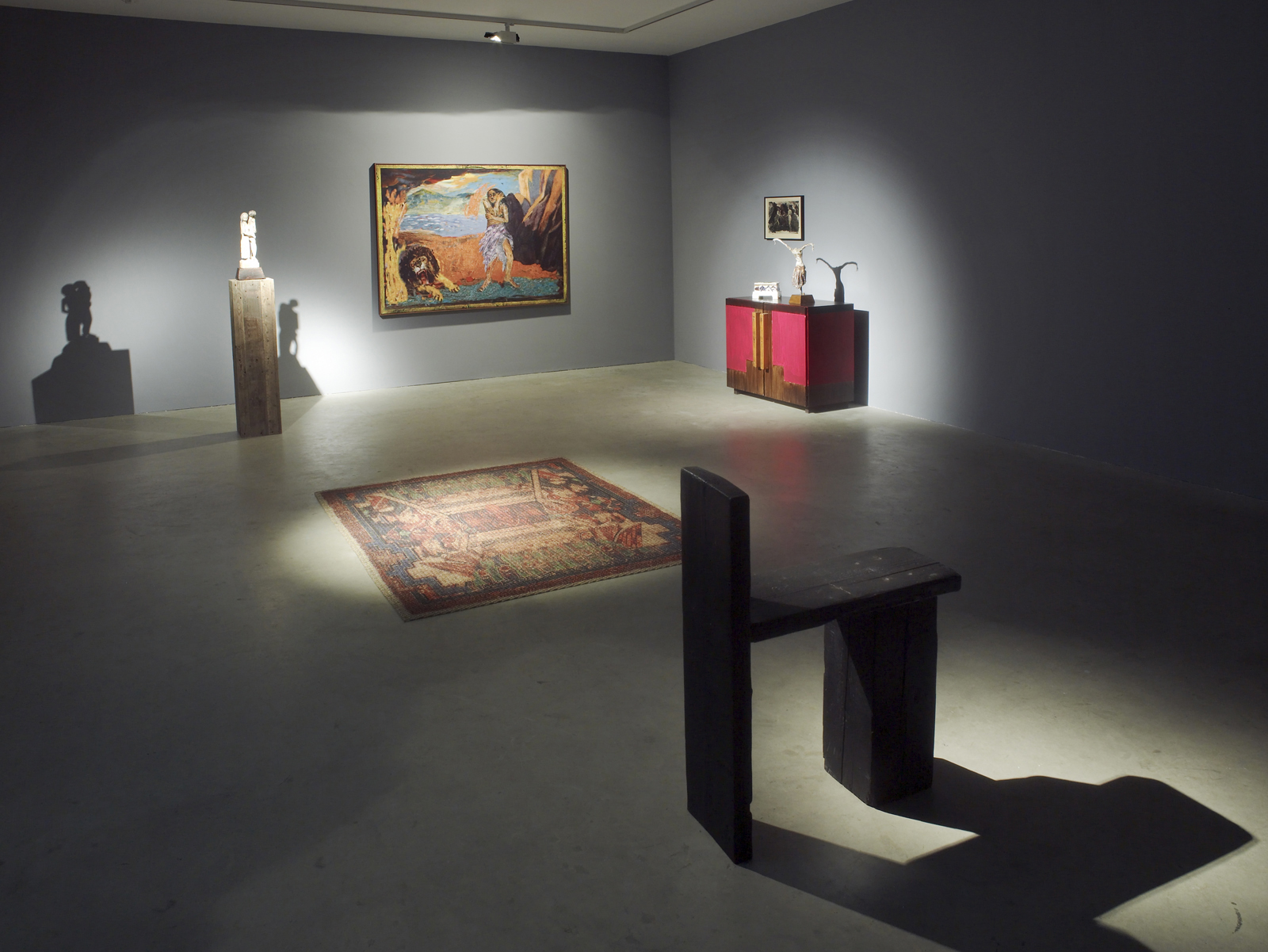
Installation view -
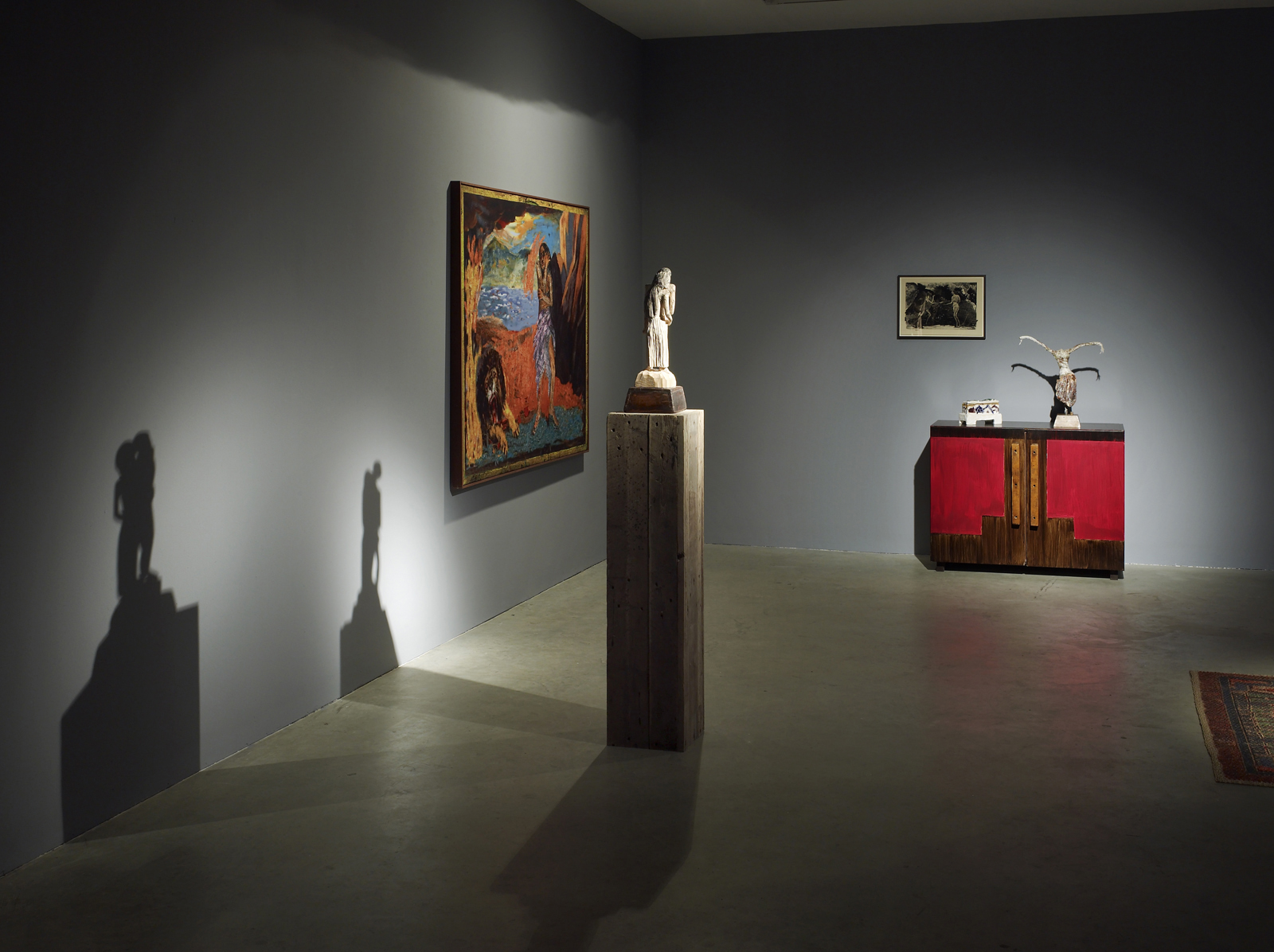
Installation view -
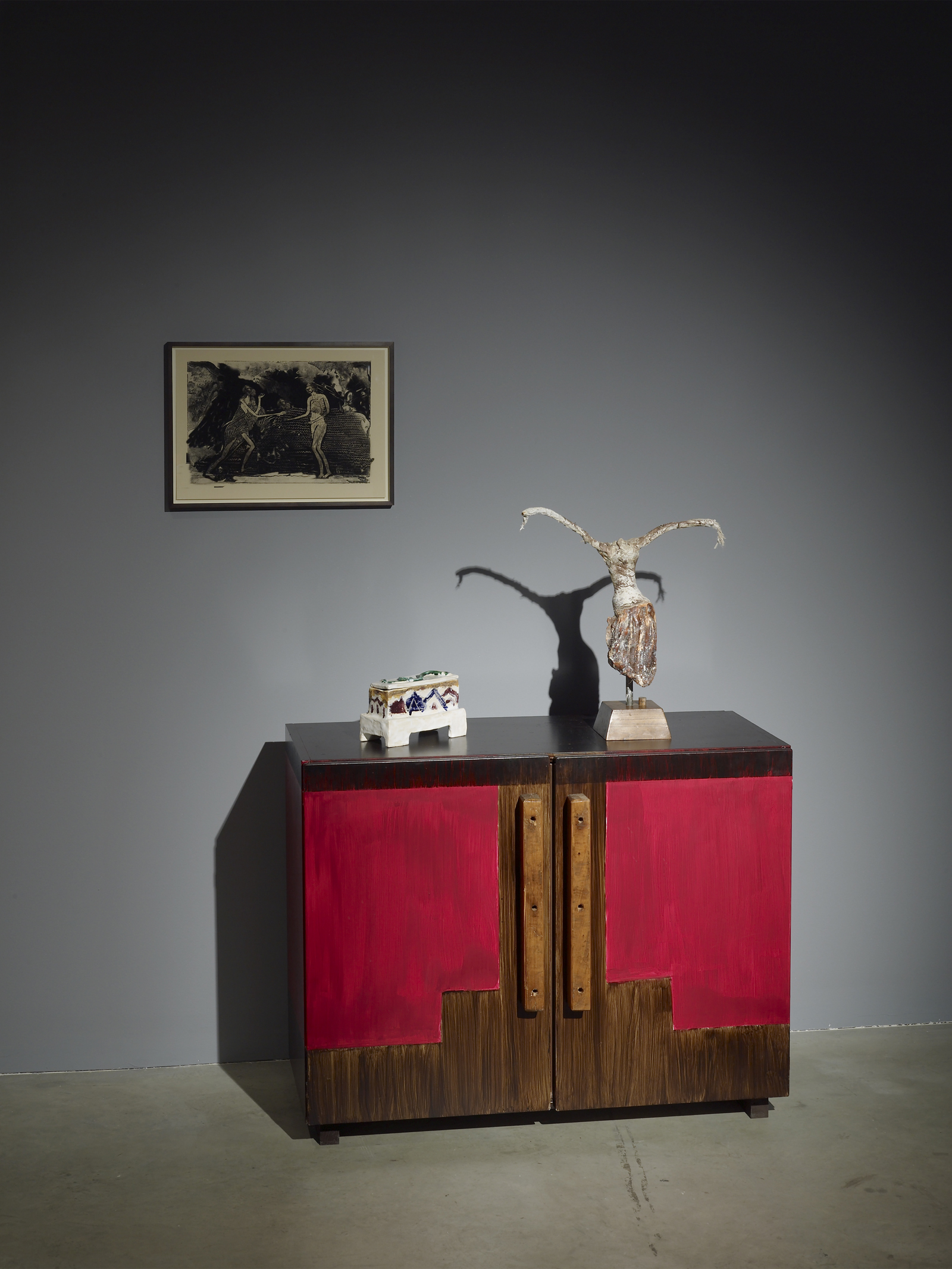
Installation view -
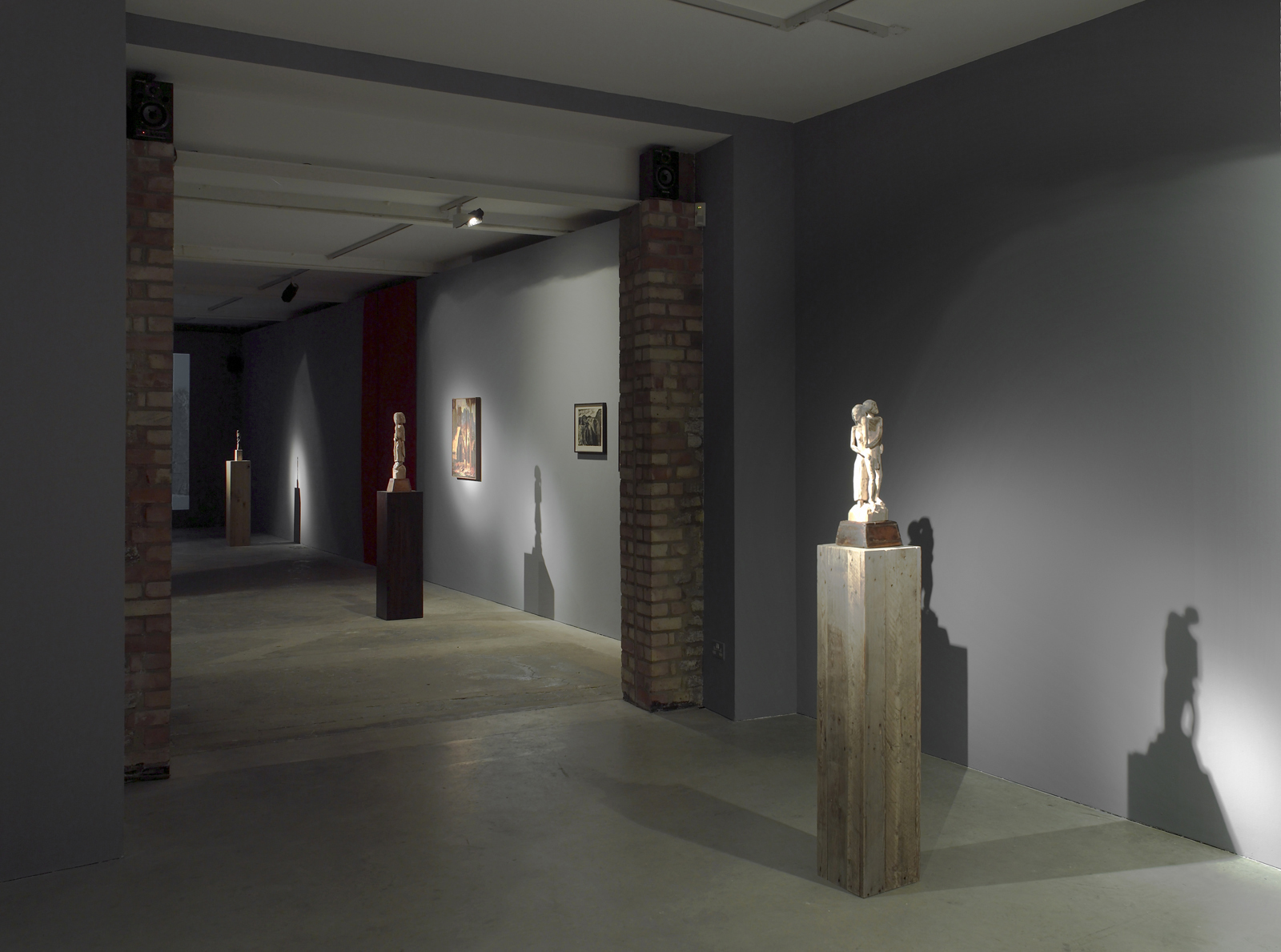
Installation view -

Installation view -

Installation view -

Installation view -
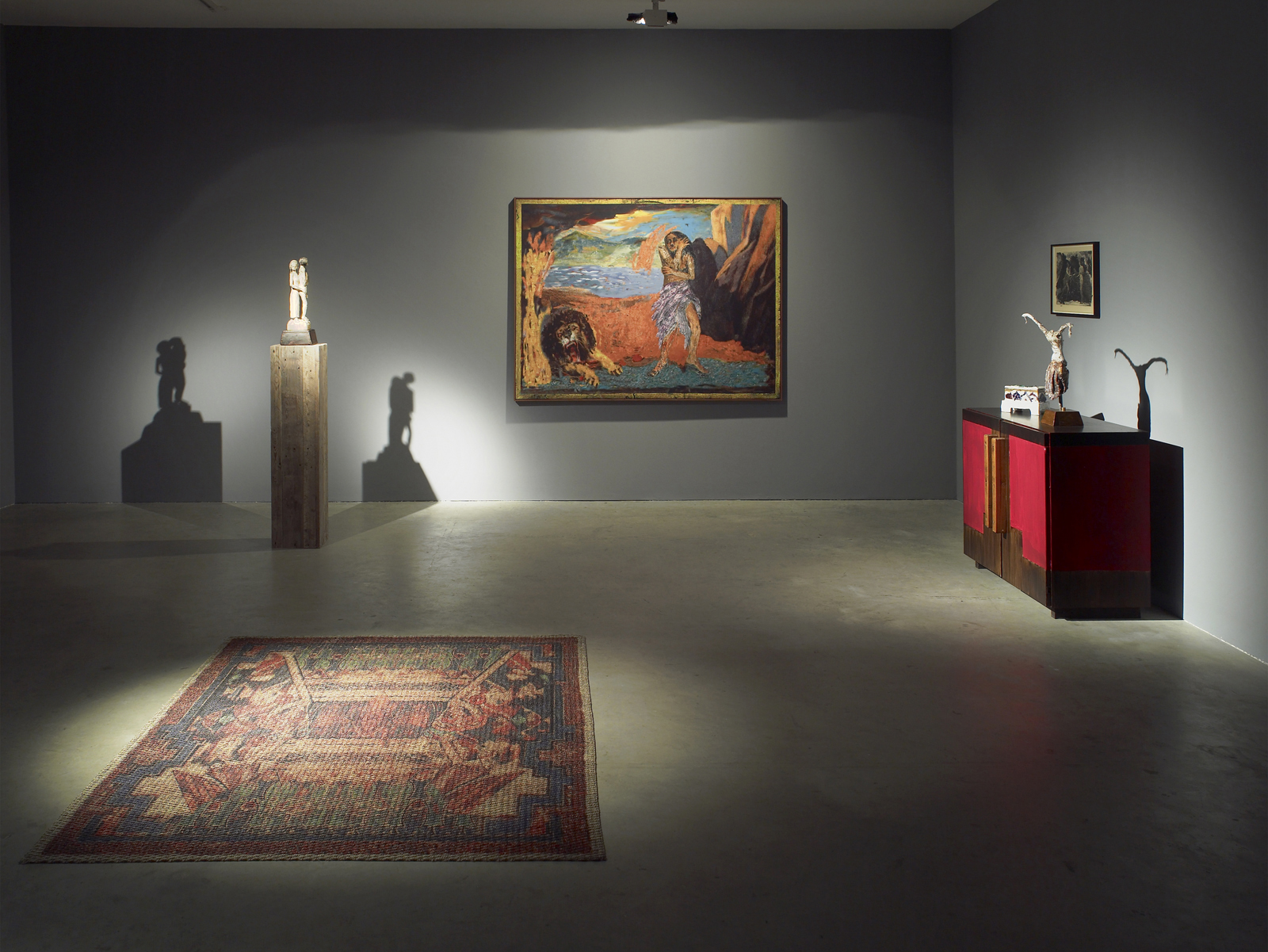
Installation view -

Installation view -

Installation view -
For his first solo show at Vilma Gold Selg’s new installation will unite his multi-faceted practice, which includes painting, sculpture, digital prints and the moving image. Selg’s imagery is characterized by density: His two dimensional landscapes and three-dimensional figures emerge from a process of collecting and condensing materials on the computer screen. Selg compresses the sci-fi and the classical, the primitive and the virtual, to evoke complex other-wordly places where the dramatic forces of nature reflect the state of man. Beginning with the creation of a fictional narrative, Selg’s practice works along two strands: the individual work of art, which stands always in and of itself, and the Gesamtkunstwerk; the Total Work of Art, which stages the individual work to play a role within a larger, all-encompassing production. Often inhabiting the form of the opera, the Gesamtkunstwerk is orchestrated by Selg using roving spotlights, sound and projection to create highly symbolic experiential rooms.
At the heart of the show is Selg’s first film proper. Shot in the mountains of the Czech Republic where the artist lived in a primitive hut carving wooden figures, the film, titled ‘Schicksal’ (Destiny), depicts a lone man driven solely by his dreams of a new beginning. Selg’s drawings and prints present palm-populated landscapes, simple dwellings and peaceful skies. Here we detect the first delicate shoots of a possible new life. In harking back to his more simple nature, there is the sense of man shedding himself of a period of decadence as he stands at the threshold of a new horizon. As such, Selg turns to depictions of Adam and Eve;- his sculptures capturing the pair at the very moment of taking their first tentative steps into a new realm. Imagery symbolizing the positive power of frienship and love runs throughout Selg’s work. The confidence inspired by independent collectives is called upon as a heroic antidote to the ambiguous forces of nihilism underwriting modern capitalist society. And reflecting this idea of self determination are pieces of simple furniture made with Astrid Sourkova, such as a wooden bench, a cabinet and a carpet. The German architect Bruno Taut (1880-1938) is recalled in these hopeful designs for starting anew. In his emphatic attempts to use radical architecture for creating utopian social environments, Taut epitomozes the sense of excitement and of new possibilities during the Weimar Germany.
In keeping with Wagner’s formulation of the Gesamkunstwerk as the clearest expression of a folk tale abstracted from the particular to become a universal humanist fable, Selg deals with archetypes of the collective uncon- scious. He infiltrates primitive ruins of the distant past with modernity’s future-orientated remains to fuse them into intensive spatial situations and mental images. In their cumulative states these installations are frozen world theatres examining the scenario of humanity and its myths of creation and eschatology.
Markus Selg lives and works in Berlin. He studied at the Akademie Isotrop in Hamburg and was the recent scholarship holder of Kunstzeitraum, PIN, Freunde der Pinakothek in Munich (2005). Selg has had solo shows at the MeetFactory, Prague (2009), Galerie Guido W. Baudach (2009) and Galerie Christina Mayer (2007). In 2009 he organized an installation with Jannis Kounellis and Werner Herzog in Montabaur and was included in ‘Heaven’, 2nd Athens Biennale.
For further information or images please contact Martin Rasmussen: +44 (0)20 7729 9888 or: martin@vilmagold.com
Vilma Gold
Markus Selg
A New Beginning
30 Apr – 30 May 2010